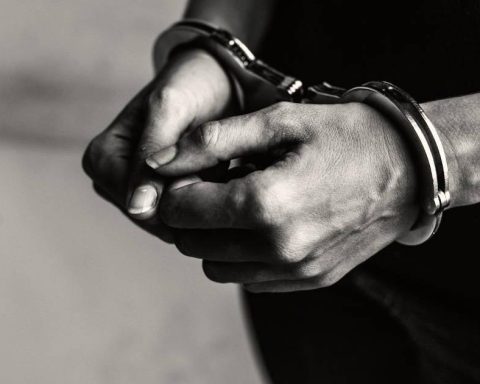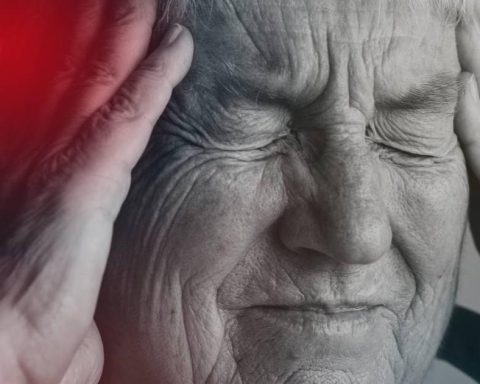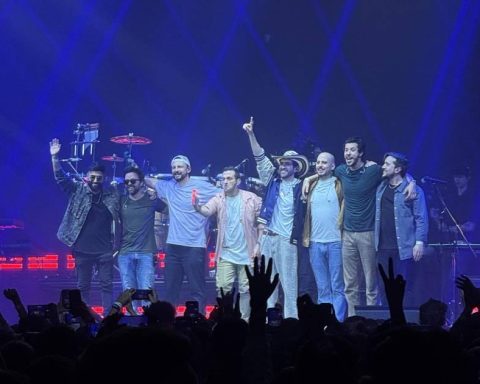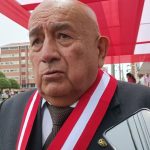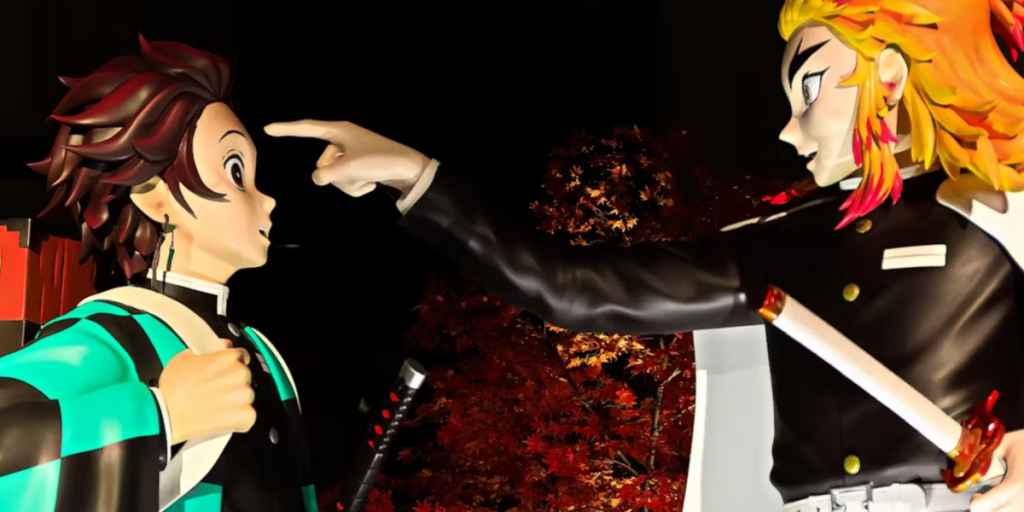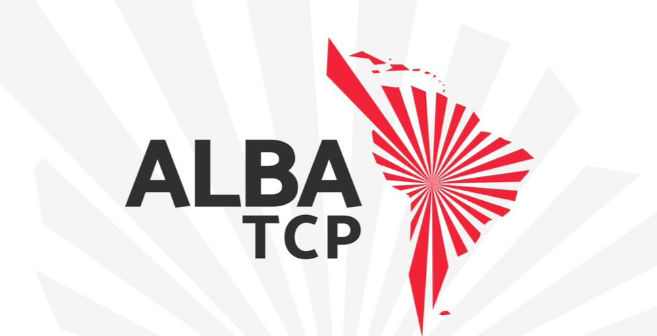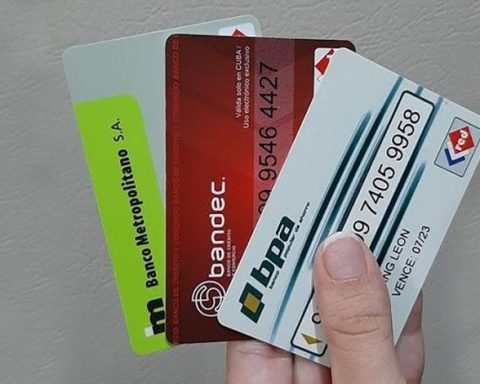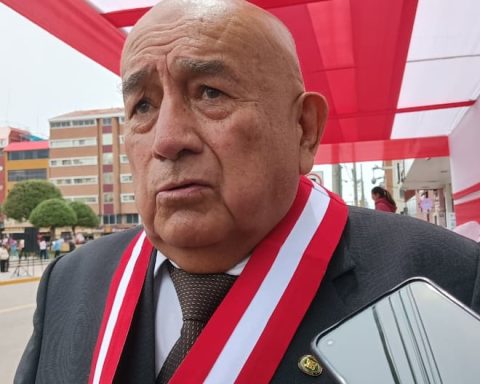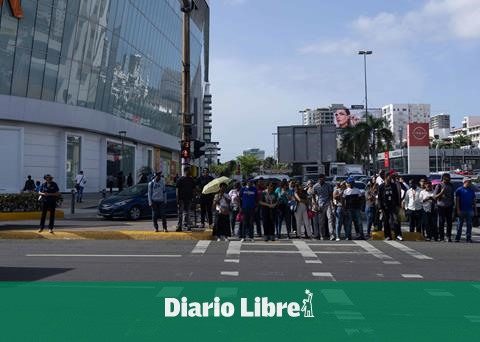Next September 29, Bogotá and the surrounding municipalities will resume the initial water rationing scheme. The decision responds to the absence of rain and the low levels recorded in the reservoirs that supply this resource.
(Read more: Bogotá’s new strategy to confront ‘drop by drop’ loans)
So, at the end of this month Service cuts will stop being made every 18 days and will be made again every nine days. So that this measure does not take you by surprise, these are some points to keep in mind.
Will the shifts change?
No, the shifts and duration of rationing will remain unchanged.
That is, as was already being done, The measure contemplates nine sectorized cuts which will last 24 hours (from 8:00 am until the same time the next day) each. Once the turns end, the cycle will begin in the same order.
Saving water
iStock
(Read more: Take note: who is entitled to the Guaranteed Minimum Income 2024 in Colombia?)
Rationing zones
Keep in mind that cycle 15, with which daily rationing will resume, It will go from September 29 to October 7. The areas that make up the water outage shifts are distributed as follows:
– The turn 1 area It includes neighborhoods in ten locations: Antonio Nariño (23 neighborhoods), Barrios Unidos (53), Chapinero (18), Los Mártires (22), Puente Aranda (69), Rafael Uribe Uribe (28), Santa Fe (1), Teusaquillo (52), Tunjuelito (4) and Usaquén (16).
– The turn 2 area It includes neighborhoods in two locations and one supply point: Engativá (290 neighborhoods) and Fontibón (21), and the ESP Aguas La Sabana supply point (Cota Industrial Zone).
– The turn 3 area It is distributed in three locations: Barrios Unidos (13 neighborhoods), Suba (478) and Usaquén (119).
– The turn 4 area It includes five towns: Bosa (397 neighborhoods), Ciudad Bolívar (113), Kennedy (45), Puente Aranda (6) and Tunjuelito (32).
(Read more: New TransMilenio station would come into operation before the end of 2024)

Saving water
iStock
(Read more: In images: Nevado del Ruiz Volcano surprises locals and tourists with new snowfall)
– The turn 5 area It contains neighborhoods in six locations: Ciudad Bolívar (154 neighborhoods), Rafael Uribe Uribe (154), San Cristóbal (215), Santa Fe (30) and Tunjuelito (1).
– The turn 6 area includes Suba (335 neighborhoods) and the municipality of Soacha (617 neighborhoods)
– The area of turn 7 includes the supply points of the municipalities of Funza, Madrid and Mosquera; and neighborhoods in the towns of Fontibón (173) and Kennedy (42).
– The area of turn 8 It is made up of nine locations and the supply points of La Calera and Arboretto. The towns are: Antonio Nariño (6), Bosa (17), Chapinero (78), Kennedy (282), Los Mártires (2), Rafel Uribe Uribe (9), San Cristóbal (61), Santa Fe (35) and Usaquén (65).
– The zone of day 9 It is comprised of two towns: Usaquén (65) and Suba (12); and the supply points: Chía, Cajicá, Cojardín, Sopó (2), Tocancipá and Gachancipá – ESP Acuapolis.
If you still have doubts about the subject, the Bogotá Mayor’s Office has provided a interactive map in which you can check which day the restriction shift corresponds by entering your address.
The ‘zero day’
The District Mayor’s Office defined a threshold to determine whether the adoption of more restrictive actions will be required. Thus, the so-called ‘day zero’ will serve as reference to demonstrate the filling behavior of the Chingaza system.
According to the mayor of Bogotá, Carlos Fernando Galán, “‘day zero’ will be reached when the level of the Chingaza system reaches 36% full, if this happens we will have to take more restrictive measures.”
Currently, the level of the Chingaza system reservoirs (Chuza and San Rafael) is at 44.57%.
(Read more: Water rationing: what is ‘day zero’ and how close is Bogotá to reaching it?)

Chingaza System
City TV
What you won’t be able to do
With the return of the initial rationing scheme, the district administration announced some of the prohibitions that will be imposed with a view to encourage more responsible water consumption. In that sense, drinking water cannot be used for:
– Facade cleaning.
– Parking lot cleaning.
– Vehicle cleaning.
– Plant watering.
– Cleaning of green areas, recreational and sports areas.
– Filling of ornamental tanks.
These activities can only be done with recycled water or with rainwater that was collected.
(Read more: Is it yours? The neighborhoods that consume the most water in Bogotá)
Shift schedule

Rationing shifts
Bogotá Mayor’s Office
(See: Get ready: new road closures and detours due to works on the Bogotá Metro in Caracas)
PORTFOLIO


